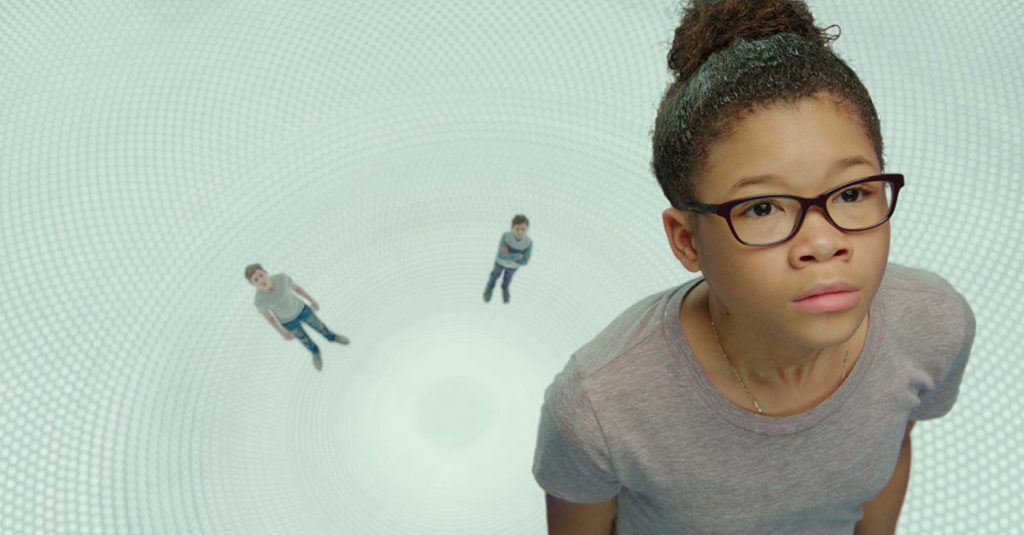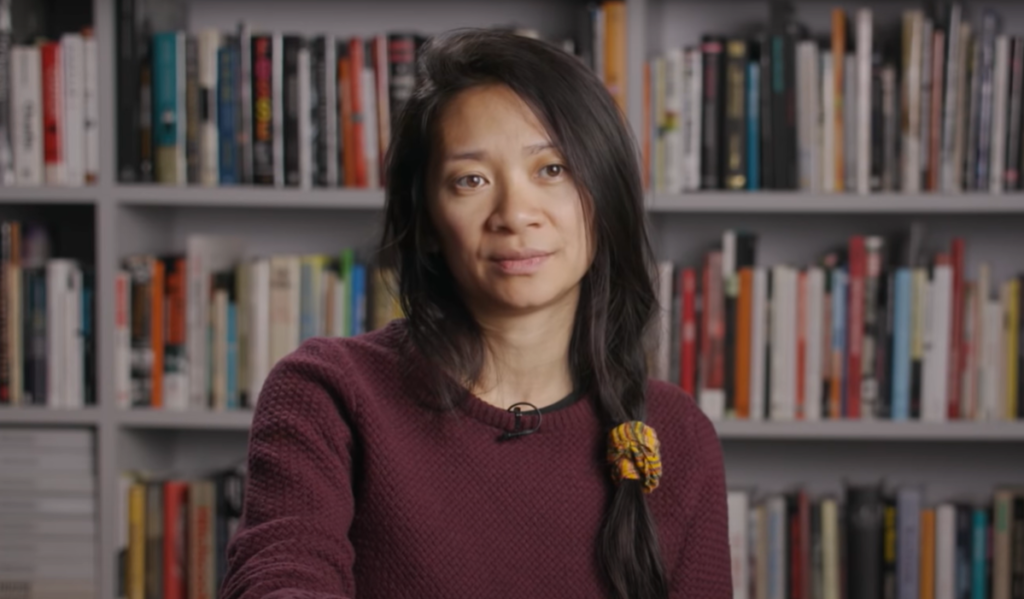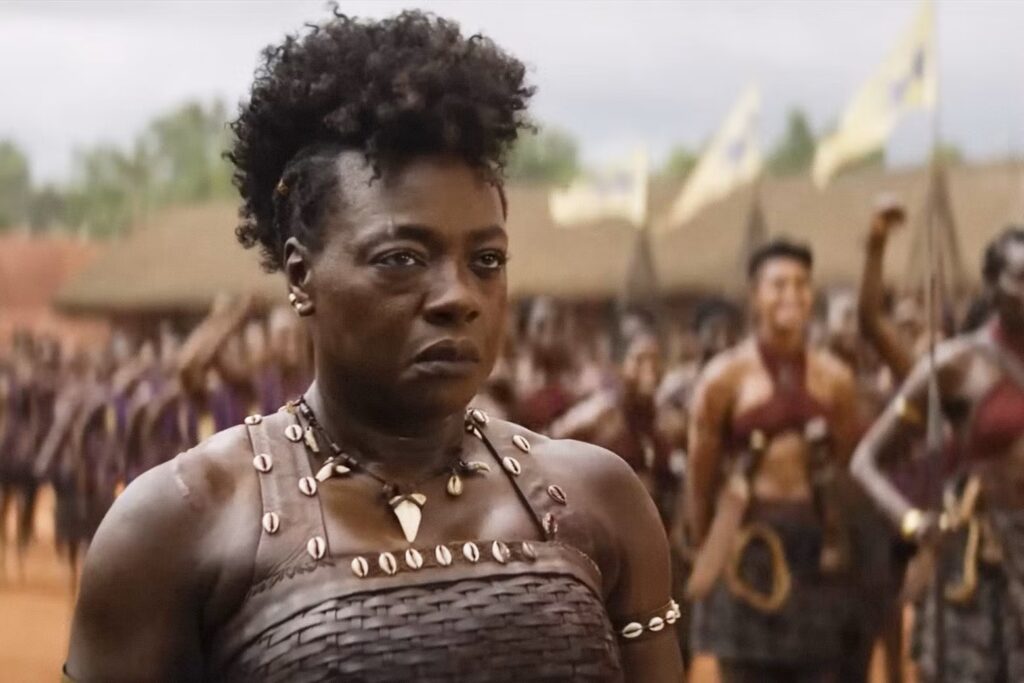New year, same story. Dr. Martha Lauzen and the Center for the Study of Women in Television and Film has released a new report, “The Celluloid Ceiling: Behind-the-Scenes Employment of Women on the Top 100, 250, and 500 Films of 2018,” and its findings once again show how little progress has been made off-screen in terms of gender equality. The numbers are especially depressing for women directors: they represented just eight percent of all helmers on the top 250 domestic films last year, four percent on the top 100, and 15 percent on the top 500. These figures all mark dips from 2017. That year, women directors comprised 11 percent of directors on the top 250 films, eight percent on the top 100, and 18 percent on the top 500.
To add insult to injury, there were actually more women directors among the top 250 films of 1998. Women helmers represented nine percent of the highest-grossing 250’s directors that year.
“The study provides no evidence that the mainstream film industry has experienced the profound positive shift predicted by so many industry observers over the last year,” Lauzen, exec director of the Center for the Study of Women in TV and Film, emphasized in a press release. “This radical underrepresentation is unlikely to be remedied by the voluntary efforts of a few individuals or a single studio. Without a large-scale effort mounted by the major players — the studios, talent agencies, guilds, and associations — we are unlikely to see meaningful change. The distance from eight percent to some semblance of parity is simply too vast.” She explained, “What is needed is a will to change, ownership of the issue — meaning the effort originates with the major players, transparency, and the setting of concrete goals. Will, ownership, transparency, and goals are the keys to moving forward.”
While the numbers are fairly discouraging, the news isn’t entirely bad, thankfully. On the top 250 films of 2018, the amount of women behind the scenes actually slightly increased. Women made up 20 percent of all directors, writers, producers, executive producers, editors, and cinematographers, as compared to 2017’s 18 percent.
Though that’s not much of a consolation prize. The overall dearth of women creatives is still staggering. Of the top-grossing 250 films, 96 percent had no women cinematographers, 92 percent featured no women directors, 74 percent had no women editors, and 73 percent included no women writers. Women didn’t fare much better on the producing front: 42 percent of the top 250 movies featured zero women EPs and 27 percent included no women producers.
A fully 25 percent of 2018’s highest-grossing 250 films included one or zero women in the above roles. And only one percent of the top 250 movies employed 10 or more women in those roles. Yes, you read that right: one percent.
Of course, we also have to keep in mind that, as terrible as these numbers are, they’re almost certainly much worse for women of color, women over 40, and LGBTQ-identifying women. (The Celluloid Ceiling only considers gender in its findings.)
As we ring in 2019 and celebrate the progress women have made in and out Hollywood, we need to remember that the field isn’t even close to level yet. The latest Celluloid Ceiling study makes it clear: the conversation about gender representation is increasing, but the actual stats remain bleak.
The highlights from the 2018 Celluloid Ceiling report are below. You can check out the entire study here.
Top 250 Films
- Overall, women comprised 20% of all directors, writers, producers, executive producers, editors, and cinematographers.
- Women comprised 8% of all directors. Ninety two percent (92%) of the films had no female directors.
- Women accounted for 16% of writers. Seventy three percent (73%) of the films had no female writers.
- Women comprised 21% of all executive producers. Forty two percent (42%) of the films had no female executive producers.
- Women accounted for 26% of all producers. Twenty seven percent (27%) of the films had no female producers.
- Women comprised 21% of all editors. Seventy four percent (74%) of the films had no female editors.
- Women accounted for 4% of all cinematographers. Ninety six percent (96%) of the films had no female cinematographers.
- Women comprised 6% of composers. Ninety four percent (94%) of films had no female composers in 2018.
- Women accounted for 10% of supervising sound editors. Eighty nine percent (89%) of films had no female supervising sound editors.
- Women comprised 6% of sound designers. Ninety five percent (95%) of films had no female sound designers.
Top 100 Films
- Overall, women accounted for 16% of directors, writers, executive producers, producers, editors, and cinematographers.
- Women comprised 4% of directors.
- Women accounted for 15% of writers.
- Women comprised 18% of executive producers.
- Women accounted for 18% of producers.
- Women comprised 14% of editors.
- Women accounted for 3% of cinematographers.
Top 500 Films
- Overall, women accounted for 23% of directors, writers, executive producers, producers, editors, and cinematographers.
- By genre, the largest percentage of women, relative to men, worked on documentaries (33%), followed by action features (27%), dramas (26%), comedies and sci-fi features (20%), animated features (18%), and horror features (11%).
- Women comprised 15% of directors.
- Women accounted for 19% of writers.
- Women comprised 22% of executive producers.
- Women accounted for 29% of producers.
- Women comprised 23% of editors.
- Women accounted for 6% of cinematographers.
- On films with at least one female director, women comprised 71% of writers. On films with exclusively male directors, women accounted for 13% of writers.
- On films with at least one female director, women comprised 47% of editors. On films with exclusively male directors, women accounted for 19% of editors.
- On films with at least one female director, women comprised 19% of cinematographers. On films with exclusively male directors, women accounted for 3% of cinematographers.
- On films with at least one female director, women comprised 24% of composers. On films with exclusively male directors, women accounted for 7% of composers.







